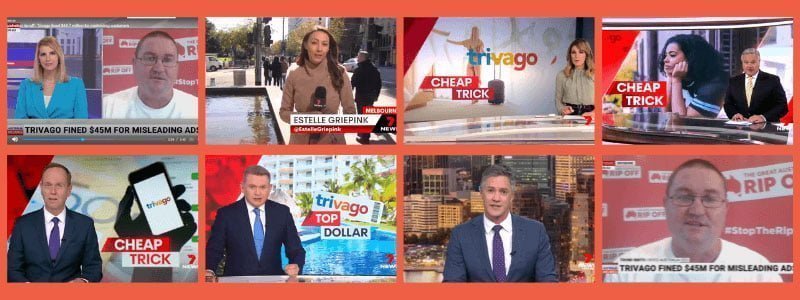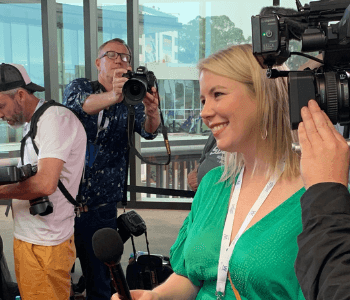Reactive PR needs to be in your Public Relations strategy
PR is more than launching campaigns to build brand awareness. Good PR includes monitoring the news cycle to identify opportunities where you can be put forward as a media spokesperson on behalf of your industry. It builds authority and it is why reactive PR needs to be included in your public relations strategy.

What is the difference between proactive and reactive PR?
Public Relations can be separated into proactive and reactive and both are important in achieving the goal of engaging stakeholders, influencing opinion, and positioning a person or a brand as a trusted expert.
What is proactive PR?
Proactive PR is about creating and managing media opportunities. It includes developing a PR plan, researching and preparing media assets, and organising activations that are designed to generate media interest.
What is reactive PR?
Reactive PR is identifying media opportunities and offering to be part of the conversation, responding to interview requests, and in the most extreme case managing crisis communication.
For organisations and spokespeople, it is essential they are prepared for crisis management because “no comment” is never a recommended response when your reputation is potentially on the line.
It is important to note reactive PR can be positive.
Opportunities exist to provide informed commentary and offer journalists “case studies” to help them cover the news of the day or have your spokesperson put a story into perspective.
For businesses who have PR teams who monitor the news cycle, identifying opportunities is a great way to “piggyback” off trending topics and breaking news to generate spontaneous media coverage.
Reactive PR allows you to position prominent and expert members of your team as thought leaders in the eyes of the media, the industry, and the community. While the turnaround times can be tight, the potential gains and value of the publicity is enormous.
Reactive Media Relations in action
During a Government Relations Campaign for The Great Australian Rip Off, a single media release distributed in response to a breaking consumer news story generated more than a quarter of a million dollars in national news coverage across TV, radio, online, and in print in one day.
Work on the Media Release began six minutes after news broke and within an hour was distributed to newsrooms and campaign spokesperson Trond Smith was being interviewed by radio and TV journalists around Australia providing consumer-based comment and perspective. The reactive PR activity created media coverage that was seen by more than two million Australians.
How to execute a successful reactive PR strategy
- Be aware: Monitor the news cycle and engage with stories that are relevant to your brand and industry.
- Be responsive: Time matters so work quickly and have your client media trained so they are ready to do interviews.
- Be different: Provide a new perspective, insight, or case study based on your business and stakeholders.
While there may not be guaranteed coverage, a robust public relations strategy combining both proactive and reactive PR can yield great results.
Adoni Media has proven experience in delivering reactive media strategies with measurable outcomes. To find out how we can support your PR efforts contact us.


